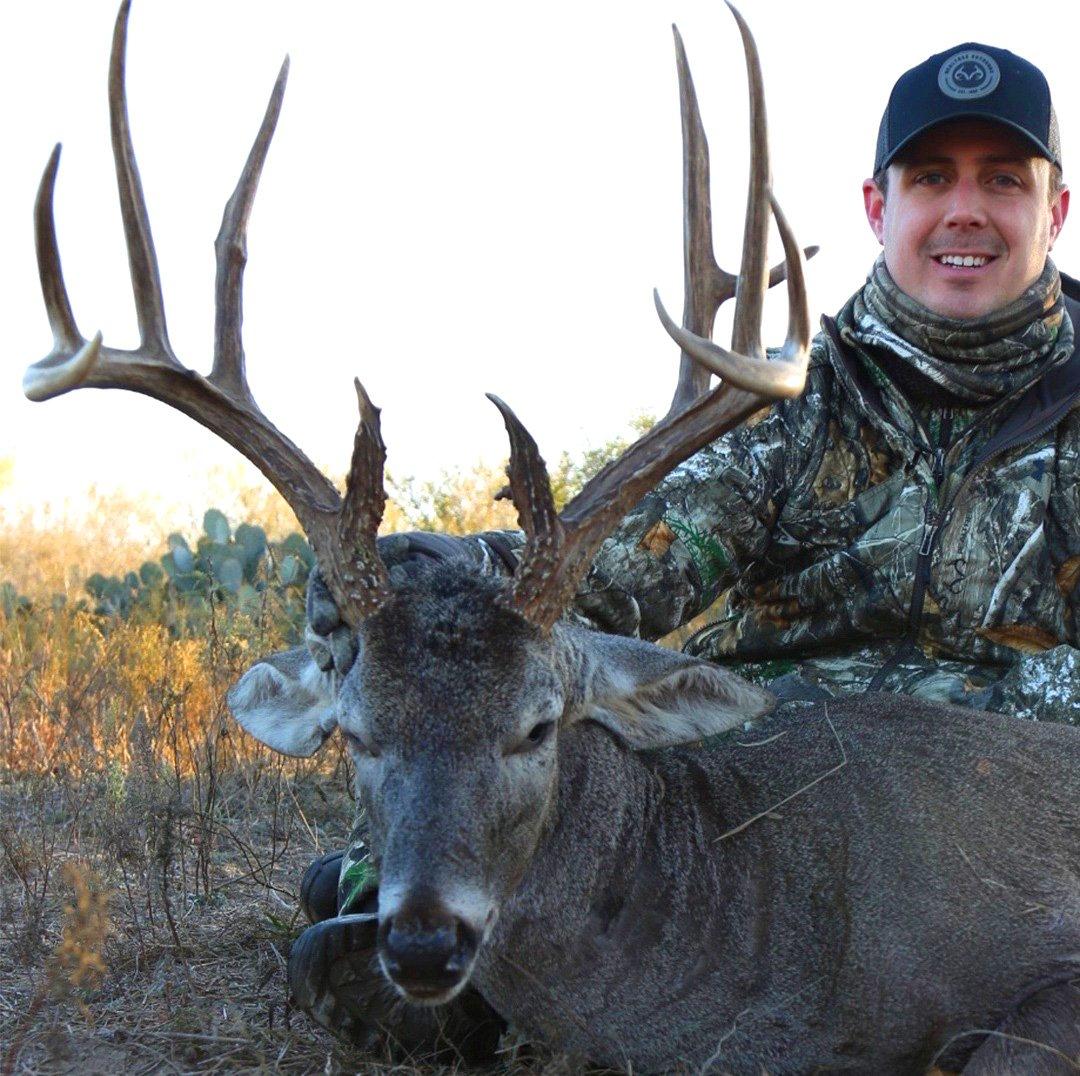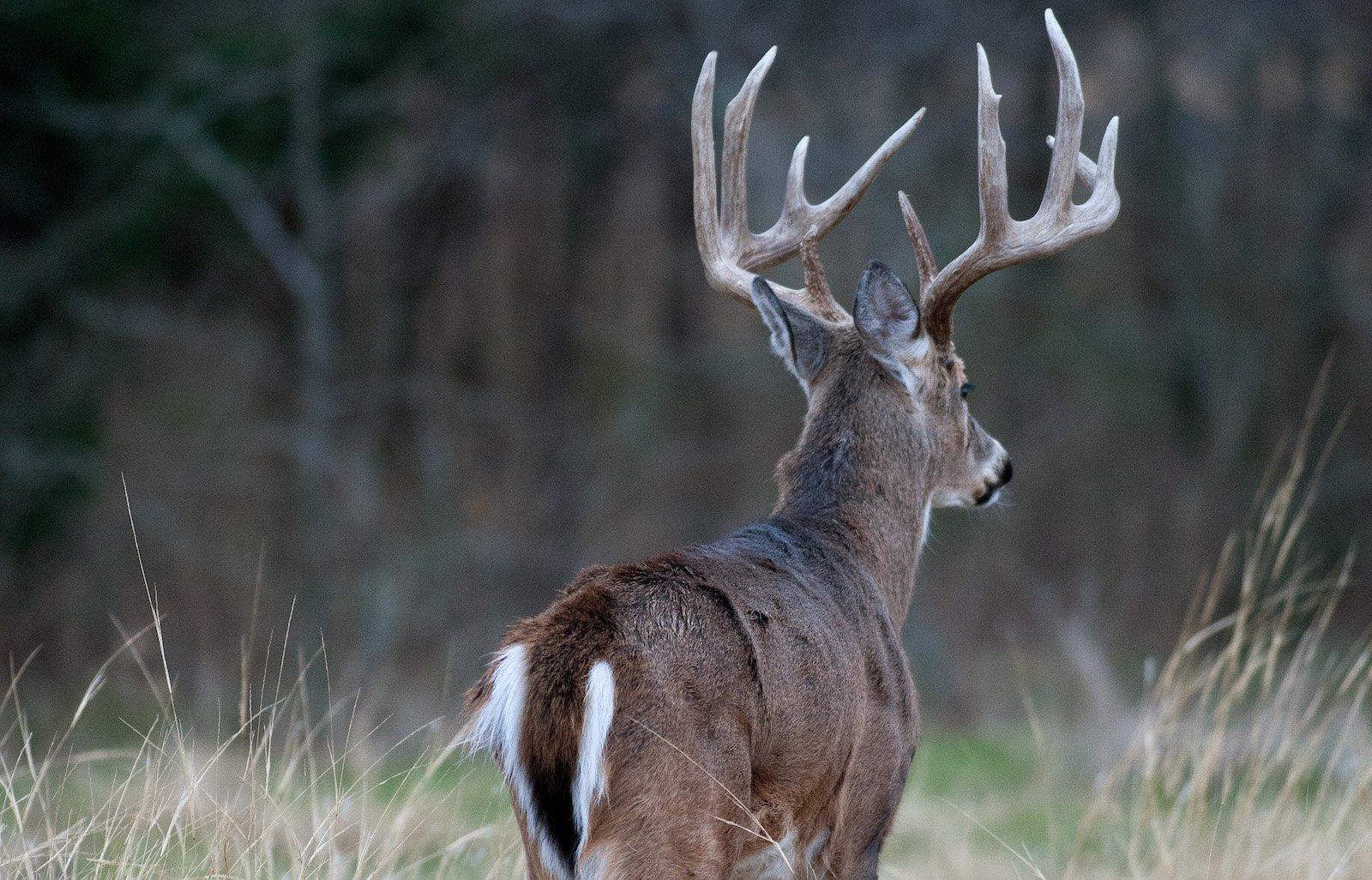That doe that just busted you is probably older than you think. Biologists weigh in on the whitetail lifespan
Aging deer is all the rage these days. The usual suspects, like wildlife managers and big-buck hunters, spend a lot of time aging deer in trail camera photos and on the hoof. But you'll often hear hunters ask after a buck's age nearly as often as they ask after his score.
Personally, I rarely look at a whitetail without wondering how many years it's survived. So I did a little digging and, according to the research, I learned that deer often live longer than hunters — me included — might guess.
The average lifespan of a wild whitetail is 4½ years, according to the University of Wisconsin-Stevens Point. If we break it down by sex, we find that the average life expectancy of a buck is 2.9 years, while the average lifespan of a doe is 6½ years.
Here are a few facts about those lifespans, and the factors that affect them.
1. Age Structure Fluctuates with Location
Where in the United States a deer lives seems to play a large role in lifespan, says Levi Jaster, a deer biologist with the Kansas Department of Wildlife Parks and Tourism. The oldest bucks I was able to find documented were from Georgia and Texas.
Of course, many location factors affect a herd's age class. Higher hunter densities correlate with younger deer age structures. Natural disasters such as flooding, severe cold and other regional factors also take their toll on deer populations. In areas with harsher conditions, age structures are generally lower than in milder climates.
Public lands also play a significant role. Just 37% of 1½-year-old public-land bucks survive deer season, according to the Quality Deer Management Association. In contrast, 75% of 1½-year-old bucks on private land live through deer season.
2. Does Tend to Live Longer than Bucks
In most species, males tend to have shorter average lifespans than females. This is true with whitetails, too.
Does live longer than bucks, in part at least because bucks are larger, and need to eat more food to maintain their larger bodies, Jaster says. And their behavior tends to cause bucks to expose themselves to more danger and to receive injuries."
For example: A recent QDMA report referenced known captive does that reached 23 and 24 years of age, and wild does that made it into their late teens. A couple years ago, we reported on wild 16- and 21-year-old does that were killed in New York. A special aging technique was used to verify their age, and it proved just how old whitetails can get, even in areas with moderate to high hunting pressure.
Just 37% of 1½-year-old public-land bucks survive deer season
That said, wild bucks can grow much older in areas with strict quality deer management. According to Kip Adams of the QDMA, a massive sample of teeth from some 10,000 deer harvested on the King Ranch in Texas revealed that hunters there were harvesting bucks that were older than 10 on a fairly regular basis. At least one buck reached the ripe old age of 17.
3. Predators Kill Young Deer, People Kill Old Deer
Young deer - 1½ years old or less - are more susceptible to predators, while older deer are more likely to die from everything else.
Many fawns live less than three months due to exposure, predation, abandonment, etc. After a deer reaches 1½ years of age, most mortality is related to people, Jaster says. That includes hunter harvest, deer-vehicle accidents, disease, or winter kill, which is a northern state issue and not as much of a factor in Kansas.
Hunter harvest is by far the largest cause of death, says Grant Woods of Growing Deer TV. In some southern states, predators (mostly coyotes) are quickly closing the gap. According to the QDMA report, they're taking more and more fawns each year. But for now, hunters still kill more deer than anything else.
4. Most Harvested Bucks Are 2½ to 4½ Years Old
This wasn't the case even up to a few years ago, but most bucks that are killed in the U.S. fall between the ages of 2½ and 4½.
In Arkansas, a very small percentage of bucks make it to 6½ years of age due to several reasons, primarily harvest and rut-related injuries, says Ralph Meeker, the program coordinator for the Arkansas Game and Fish Commission. We do age several wild bucks at 5½ years of age, but most of our bucks are harvested at 2½, 3½, and 4½ years old.
Meanwhile, Meeker says most does tagged in Arkansas are considerably older than that. It's very common to age hunter-harvested does at 5½ to 8½ years old.
5. Obviously, Captive Whitetails Live Longer
Since hunter harvest is the primary cause of death, says Woods, there are limited sample sizes of very old wild bucks to research. But there are some, and cross-referencing that data with nearby farm-raised deer demonstrates that captive whitetails live significantly longer on average than wild deer.
Deer living in captivity, afforded protection and good nutrition, will commonly live 15 to 20 years, writes James Heffelfinger in his book Deer of the Southwest. It is much rarer to find cases of wild deer living more than 15 years … Even in unhunted herds, wild deer rarely live past 15 years. At this age, the teeth are worn to the gumline and body condition declines noticeably.
So, the next time you look at a whitetail deer, particularly a doe, consider that it might be much older - and wiser - than you think.
Don't Miss: How to Age Bucks on the Hoof?
Check out more stories, videos and educational how-to's on deer hunting.









